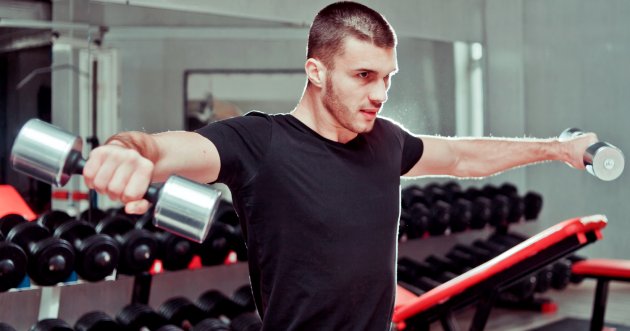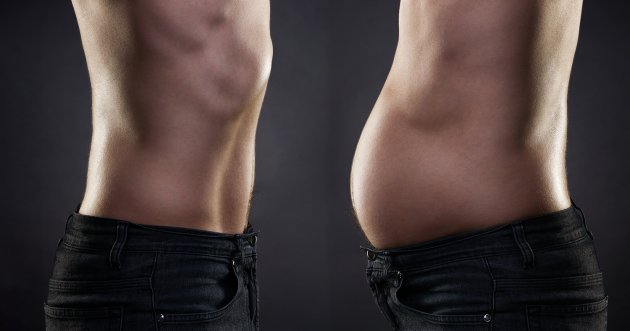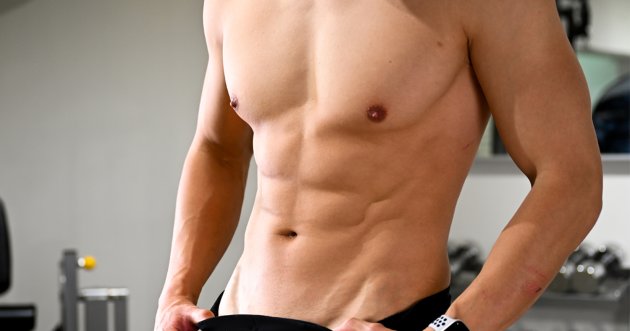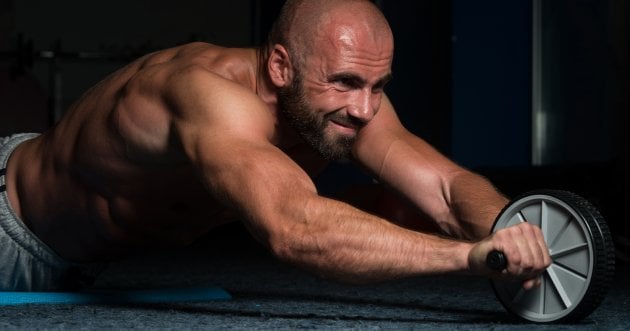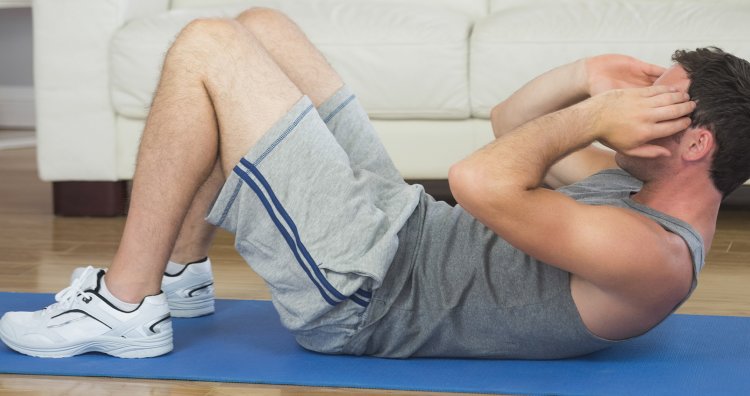
CONTENTS
- The 3 basic "keys" you need to know in order to break your abdominal muscles!
- Level 1: "Crunches (leg lifts)" - Home workout to break abs
- Level 2: "Leg raises" (home workout to break abs)
- Level 3: "Reverse Crunches" (at-home workout to break abs)
- Answers to common questions about abs!
- 3 mats essential for at-home abdominal training!
5 ページ以降を表示しています。
目次を表示Suponsered by
Answers to common questions about abs!
1) “How long does it take to break a six pack?”
Since two things are required to crack abs: strength training and weight loss, honestly, the length of time it will take depends on your current body fat percentage and muscle mass. Basically, abdominal muscles are broken from the beginning, and it is easier to get results if you focus on losing body fat rather than enlarging the abdominal muscles. Incidentally, abdominal muscles start to look cracked when the body fat percentage is below about 15%, so it is recommended to lose weight at a pace of 1~1.5% body fat reduction per month. On the other hand, for those who have low body fat and want to increase the size of their abdominal muscles, it is important to supplement nutrition with protein and carbohydrates, and to perform muscle training at a high frequency.
What is a six pack?
The “six-pack,” as it is commonly referred to, is a six-pack with six split abdominal muscles. The term “six-pack” is derived from the fact that the rectus abdominis muscle is divided into six parts by two tendinous fibers, the white line and the tendinous line, but this muscle shape is congenital, and there are rare cases of eight-packs with eight parts and ten-packs with ten parts. To get cool-looking abdominal muscles, it is better to develop the oblique and transversus abdominis muscles in the neck area as well, so try to train not only the rectus abdominis but the entire abdomen.
2) “How often should I do abdominal training?
It is recommended to do the exercises once every 2~3 days, but it is a good idea to take a break while muscle soreness is occurring. Muscle soreness refers to a state in which the muscles are inflamed, and pushing them further in that state may lead to stunted muscle growth. This is true regardless of the content or intensity of the training, and even low-intensity exercises such as planks are not recommended if muscle soreness is occurring in the abdominal muscles. Also, some trainers instruct, “You can do sit-ups every day!” but this is often a case of separating each area of the abdominal muscles to be trained. If you are training the upper rectus abdominis, lower rectus abdominis, and obliques in one location each day, it would be okay to do them every day.
3) “What is the body fat percentage that makes my abs look ripped?”
This section describes the status of each body fat percentage. Body fat percentage can be calculated by dividing the amount of body fat (kg) by the body weight (kg) x 100, but it is important to use this as a reference only, as it can easily deviate depending on the water content and blood flow on a given day.
Body fat percentage over 20
A body fat percentage of up to about 24% is considered above the norm, and after that it is considered obese; a body fat percentage of 20% or more will result in a body shape that is not flattering to look at, as the flab around the abdomen will be firmly picked out. Of course, the abdominal muscles are not visible at all, so weight loss should be the main focus. Incidentally, the higher the body fat percentage, the greater the weight loss and the easier it is to feel the results.
Body fat percentage 16~19
This level of body fat percentage is not fat, but a standard body fat percentage that looks healthy. The abdominal muscles are still in a state where they are difficult to see cracked, but if the abdominal muscles are hypertrophied enough, a faint line may be visible.
Body fat percentage 11~15
It is said that abdominal muscles begin to be visible when the body fat percentage falls below around 15%. Generally, up to 11% is standard, so if you want to have a healthy, toned body, this is a good place to start.
Body fat percentage below 10
A single-digit body fat percentage is substandard, but you need to get down to this level in order to get a buckle-busting six-pack. Bodybuilding competitors, for example, drop to around 5%, but be aware that maintaining that level over the long term can be detrimental to your health.
4) “Is muscle training the only way to crack abs?”
Calorie management is more important than strength training for breaking abs. This is true for muscle training in general, and the key to bodybuilding is to manage nutritional balance over several weeks or months while performing muscle training. If you have a lot of fat and no visible abdominal muscles, go low calorie and dig out your abs; if your body fat percentage is low but your abdominal muscles look small, train a few hundred calories more than you consume per day. The abdominal area is prone to fat accumulation, so be careful not to over-calorie your body just because you want to gain muscle.
5) “Should I stretch my abs?”
To get a clear division of the abdominal muscles, it is effective to hypertrophy the rectus abdominis muscles, so it is better to focus on muscle training. However, stretching before and after training and on rest days can also provide benefits. Stretching does not directly stress the muscles, but it can improve blood flow, which may promote the breakdown of fat that is difficult to lose and facilitate the distribution of nutrients.
6/6GO TO NEXT PAGE


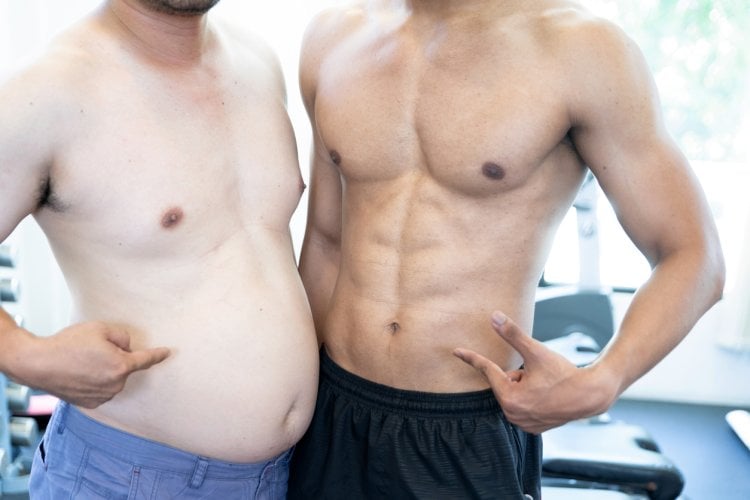

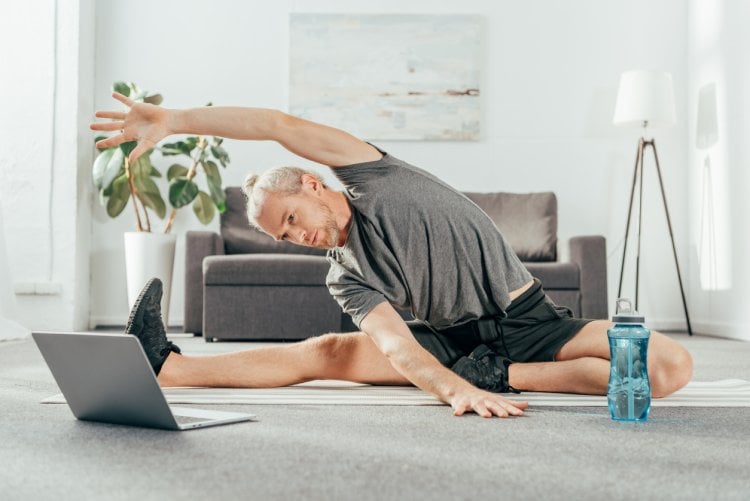
![What are the specific 5 changes that muscle training can bring to a man? [“The truth as experienced by practitioners.”]](https://otokomaeken.com/wp-content/uploads/2023/12/3ecb709c1f1613850249ba743b4b1457-630x331.jpg)

